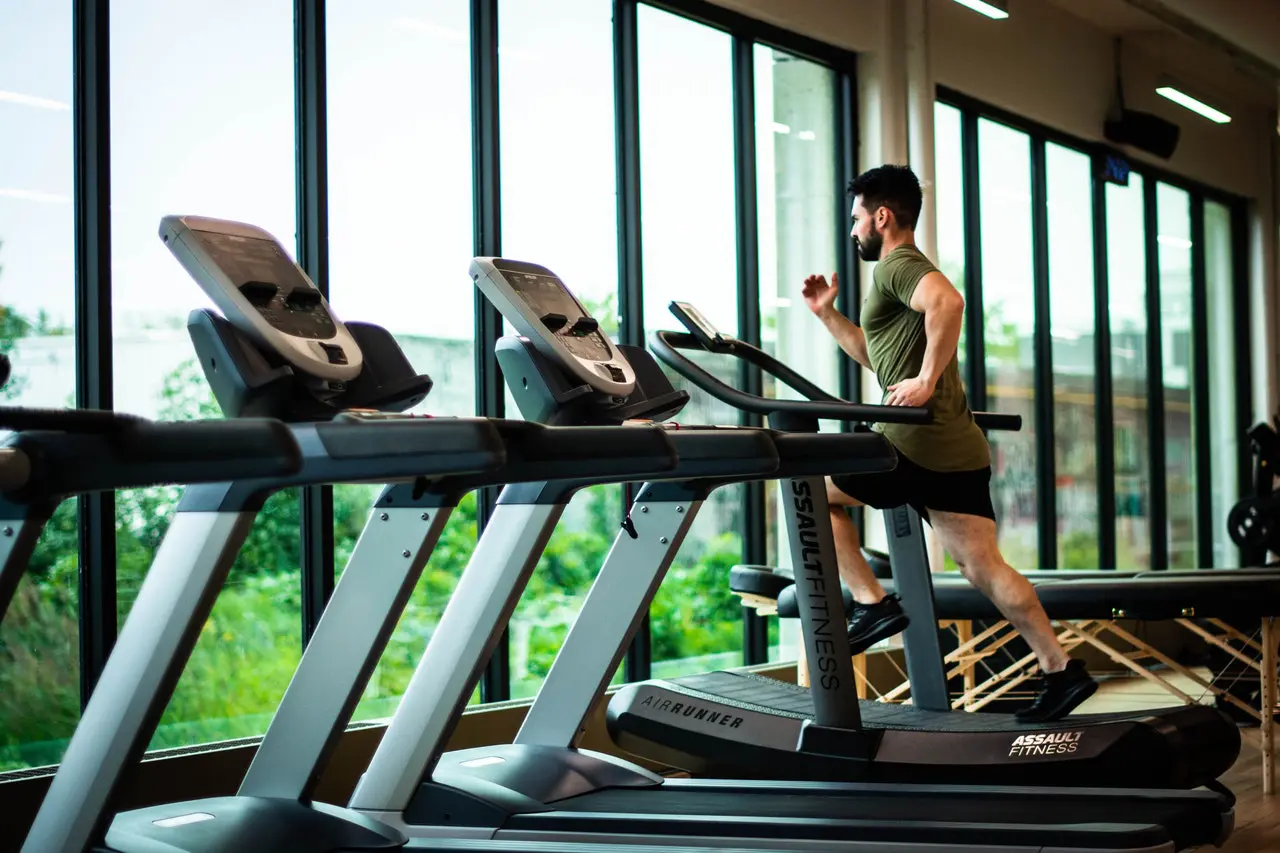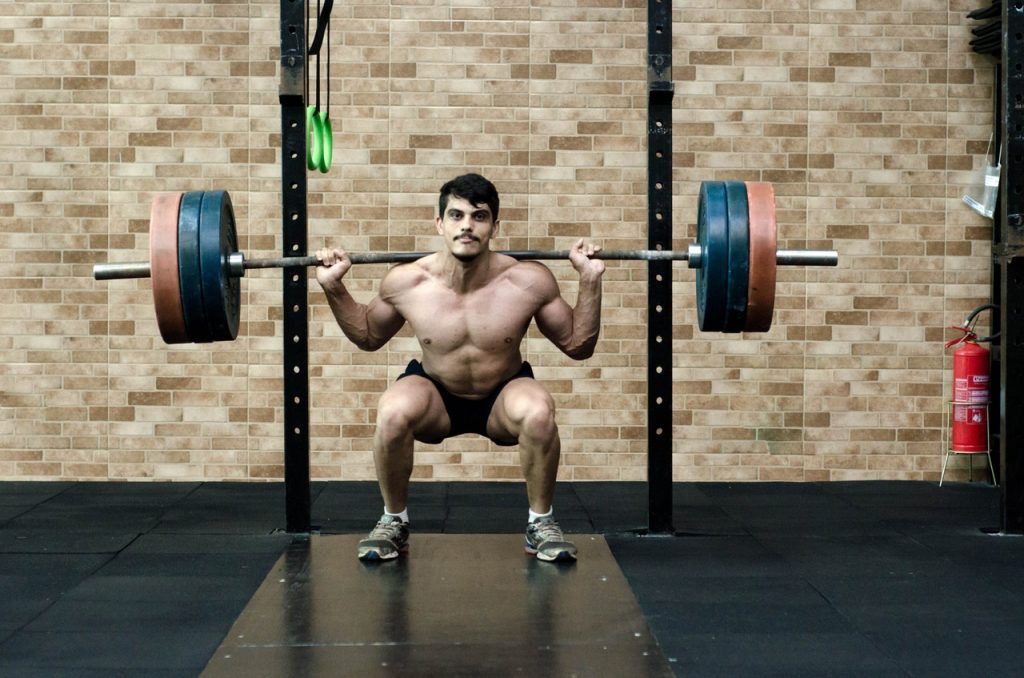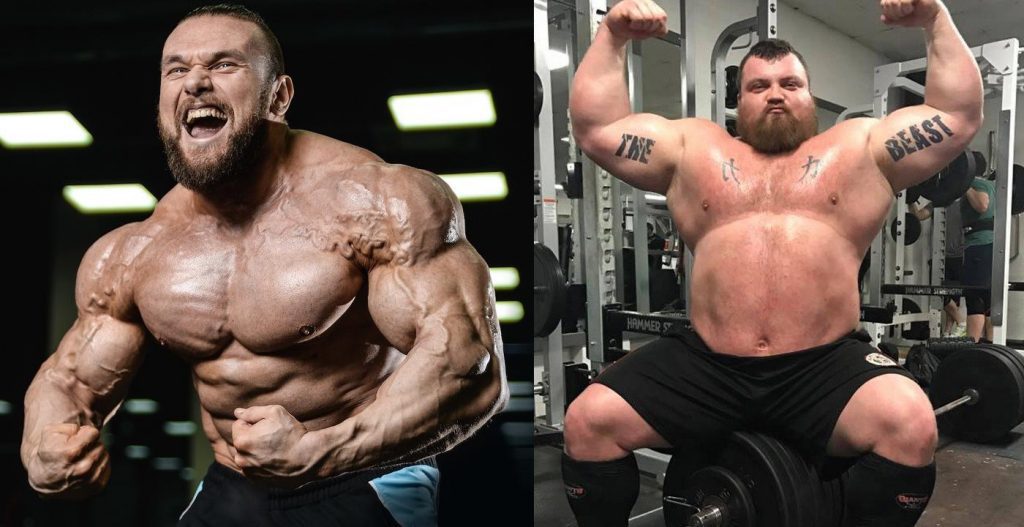
The best online fitness resource you'll ever need. We filter out the BS to ensure you meet your health and fitness goals!

The best online fitness resource you'll ever need. We filter out the BS to ensure you meet your health and fitness goals!

The fear is real: you think cardio will ruin the hard work you have put into building your physique. It’s easy to see why you might think this. Every gym you’ve ever been to is packed full of people who go in a couple of times per week, rack up 45 minutes on the cross trainer, do nothing to change their eating habits, and look like they’ve never worked out in their lives.
You don’t want this to happen to you.
However, this is a case of cardio done wrong. If you do it right, the results can be drastically different- as this article will go into in detail below.
There is also a culture in various lifting communities of foregoing cardio based on the urban legend of its ability to destroy gains. Again, this is a myth: it isn’t true. Performing cardio correctly, with a high protein diet geared towards hypertrophy, will not lead to a decrease in muscle mass.
This misapprehension may be responsible for you actually losing out on gains. It may be keeping you from being the strongest, healthiest and best-looking version of yourself.
There are of course various forms of ‘cardio’ training. Though we will look at each cardio system in turn, it’s worth noting from the outset that most people think of steady state, low intensity work when they think of cardio: jogging, walking, cycling, working the cardio machines at the gym and so on.
This type of training in itself can offer some great advantages to lifters, both amateur and pro. Including it in your routine and making a habit out of bringing it into your lifestyle- as we will show you how, below- can bring some significant advantages when you hit the weights.
Cardio can improve the efficiency of your body’s energy systems. You will find your muscles having both greater longevity during training, alongside likely better contractile force (strength) during heavy sets.
This will improve overall training output and can be the missing link in overcoming frustrating plateaus. If you’ve tried manipulating every other variable- frequency, intensity, type of lifting, time spent training, rest, diet and so on- and nothing has helped, it is likely that cardio will be the missing piece of the puzzle.
To make cardio training’s value clear, it’s worth looking at the three energy systems our bodies, and thus our muscles, use during any form of physical exercise.

Your body’s energy systems
All muscular work relies on adenosine triphosphate (ATP). This is what powers the contractile capabilities of muscle tissue and is the basic form of energy, without which movement and nerve function would be impossible.
The human body has three main energy systems which are used to create this ATP:
To summarise, in terms of cardiovascular work, your ATP-PCr and glycolytic systems will come into play during high intensity forms of cardio such as sprints, strongman conditioning, CrossFit, HIIT, Tabata protocols, circuits, giant sets and so on.
This is a form of cardio training that goes well with muscle gains, as you burn through a lot of energy, take a lot of time to recover and work the systems that directly lead to hypertrophy – all as you would in a good weight lifting training session.
Aerobic cardio is a little harder to place within a resistance training regime. It can go on for a long time- almost indefinitely, seemingly, making it key for endurance. You can continue to create ATP in the aerobic system for hours on end, putting it to use in low intensity training formats.
But where does aerobic training fit within your hypertrophy or strength building regime?
We’ve already found that that aerobic training is great for endurance. This will form part of the reason that it’s good for resistance training. However, it’s also worth bearing in mind your aerobic system’s role in improving and maintaining a healthy heart and circulation system.

As these both improve, your body will become more efficient at providing your muscles with the oxygen and nutrients they need to function and recover optimally.
If you’ve been involved in any athletic endeavour for any amount of time- particularly at a moderate to high standard – you will likely have hit ‘the wall’.
You’re completely finished and don’t have the energy to continue any more. This could hit you in an instant in the gym, closing down an individual training session. It could wear you down over time, slowly eroding at your athletic performance until you have nothing left to give.
These can both be improved by proper rest and diet. However, cardiovascular training can help here.
Consistent aerobic exercise brings about adaptation to the heart itself. The muscular heart wall of your left ventricle grows larger, expanding. The effect of this is to enable your heart to pump out more blood with each heartbeat (this is why there is such a strong correlation between aerobic fitness and low resting heart rate, as your heart gets more out of each beat and so needs to beat less often).
This may be what takes you beyond the plateaus that we mentioned above.
Improving your body’s ability to provide oxygen and nutrients to your muscles will better maintain your energy levels and enable efficient post-workout recovery. Your body will also be better at clearing lactic acid. Lactic acid build up occurs when we don’t have enough oxygen flowing to our muscles and leads to a more pronounced muscular fatigue.
With the increased blood flow inherent to aerobic training, you won’t seize up or burn out in the gym anywhere near as much as previously.
For these reasons, aerobic training also makes for great active recovery. When you’re tired from the gym and/or suffering with DOMS, increasing blood flow, and improving the flow of nutrients to your muscles, will help to mitigate any discomfort and speed up recovery.
There is more to improved aerobic capacity and endurance than simply feeding your muscles and improving recovery, however. It can help you on other, equally fundamental levels.
Cardiovascular exercise helps to improve body composition by burning excess calories. Though it’s more efficient to meet a caloric deficit by eating fewer calories, rather than trying to burn them off through activity, a combination of the two works very well.
If you want to lose 1lb per week, you need to maintain a daily deficit of 500 calories. A great way to do this is to reduce your current intake by 300 calories per day, couple with 200 calories’ worth of cardio.
Combining cardiovascular and resistance training in this way will give you the physique you want. Many top bodybuilders make use of this very method, working hard in the weights room and then performing regular, steady-state cardio.
There is more at play than simply balancing calories, however. Resistance training increases your basal metabolic rate, whilst aerobic training decreases perception of hunger. It will therefore be easier both to eat less and burn more.
Improved body composition also has some significant hormonal benefits. Your body will experience increased insulin and leptin sensitivity, which are both linked to greater energy output and lower body fat levels.
Increased testosterone and decreased oestrogen levels will also follow, which will further enable you to build more muscle and keep body fat levels low.
It’s easy to see, therefore, that cardio training – whichever method and energy source you utilise – will actually likely improve your gains. Far from killing them, it will enable you to build greater muscle mass, keep your body fat levels low, and keep your hormonal balance and cardiovascular and aerobic systems health.
But how should you incorporate aerobic training into your current training schedule?
Aerobic training is easy to bring into any pre-existing regime as its low intensity nature makes it easy to quickly recover from – you won’t find yourself tired out by it, and it won’t affect your abilities within the gym after the first couple of weeks or so.
It also takes less time than you might imagine to elicit the benefits you want from it. Not everybody wants to be a marathon runner, and not everybody needs to train like on. Aerobic adaptations should come from just a couple of short, easy sessions.
If you follow this advice for incorporating aerobic training into your current regime then it should be easy and hassle free. It will skip out any tiring negatives and bring only further gains.
If you do perform cardio and weight training on the same day, try to keep them as far apart as possible: lift in the morning, go for your cardio in the late evening. This will stop your joints from aching and your muscles from bearing too much of a burden.
These systems are worked when you lift weights, so they are best worked into your existing routine. Perform your regular lifts, then give over ten to twenty minutes at the end of your session to higher intensity cardio.
This will give you extra time under tension for the muscles you just used, aiding hypertrophy. It will also blow your lungs out whilst contributing to the conditioning of relevant muscles through similar methods you have just trained.
Try hitting an AMRAP (as many reps/rounds as possible) protocol. For example, if you’ve just hit your heavy squats (let’s say sets of 2-3 reps), and you’ve gone through your assistance, set up the squat rack once more. Keep the bar light- around 50-60% of your front squat max. Set the clock for 1 minute. Get the bar into the front rack position, and perform as many front squat reps as possible, resting as you need to, within that minute.

Alternatively, you could try EMOM (every minute on the minute). Keeping the above scenario in mind, set the clock to ten minutes. Perform 3 reps of front squats with that same bar at the beginning of every minute. Rest the remainder of the minute, then go again, and again, for the full ten minutes.
Another way is to incorporate strongman style moves. EMOM tire flips, 100-yard prowler pushes, AMRAP Atlas stones, half-mile farmer’s carries… the list goes on. The main thing is to move a lot of weight in a short amount of time, and to do set after set until your lungs are on fire.
Sprint training is also perfect for your ATP-PCr and glycolytic systems. Straight up track sprints are great for leg hypertrophy and full body conditioning. Tabata cycle protocols work similarly. Boxing, working a heavy bag for short bursts, is a perfect finisher to an upper body workout.
These will all lead to great hypertrophy, whilst raising your heart rate to 90+% max.
There are, of course, some lingering concerns surrounding cardio. Many lifters continue to worry. They continue to ask questions about how it can affect them. Let’s go through some of the more common, frequently asked questions to try to dispel some of these worries:
No. If you keep your aerobic cardio sessions away from your lifting sessions, you shouldn’t lose any strength. If you incorporate the above training for your ATP-PCr and glycolytic systems then you should see an increase in hypertrophy, workload capacity and ultimately strength.
If you keep a high protein diet with appropriate caloric content then you won’t lose any muscle or strength. You will only burn muscle in a catabolic state. This occurs primarily in a starvation setting when you cut your calories too low and your body breaks muscle down for energy.
With sufficient nutrition, your body will retain and usually build muscle as you work through cardio.

Yes! Many athletes who rely on hypertrophy (bodybuilders, strongmen, weightlifters) perform cardio. They do so to keep excess body fat down as they build muscle, to cut their weight down for competition prep, and for all of the above mentioned health and performance benefits that cardio brings.
‘Muscle tone’ doesn’t exist. That toned look comes from two things: sufficiently high muscle mass combined with sufficiently low bodyfat. If your muscles are present and not covered by fat, they will look toned. Cardio can help with this by burning through excess bodyfat, thus revealing your hard-earned muscle and giving you that toned look.
Yes, especially when working the ATP-PCr and glycolytic systems. However, when performing aerobic exercise, try to keep as large a gap as possible between cardio and lifting.
Working the ATP-PCr and glycolytic systems will work towards the same ends as lifting, and so combing them all is a fantastic (and time saving) idea.
Eat plenty of calories, with sufficient protein. Lift heavily, or put yourself through another form of regular, intense resistance training (like swimming or climbing, for example). Get plenty of rest and keep your stress levels low. Do all of these and you shouldn’t lose muscle, no matter how much cardio you perform.
If your diet, lifestyle and training regimes are on point but you continue to lose muscle (atrophy) contact your healthcare professional. There could be an underlying health factor that will need to be addressed.
There we have it. Cardio is good for you, both in terms of your overall health and body composition, and in terms of your performance and gains in the gym.
Done correctly, cardio will not kill gains. If anything, it will contribute to greater gains. Mix it up, using all of your energy systems, and you will outperform everybody else at the gym in no time.